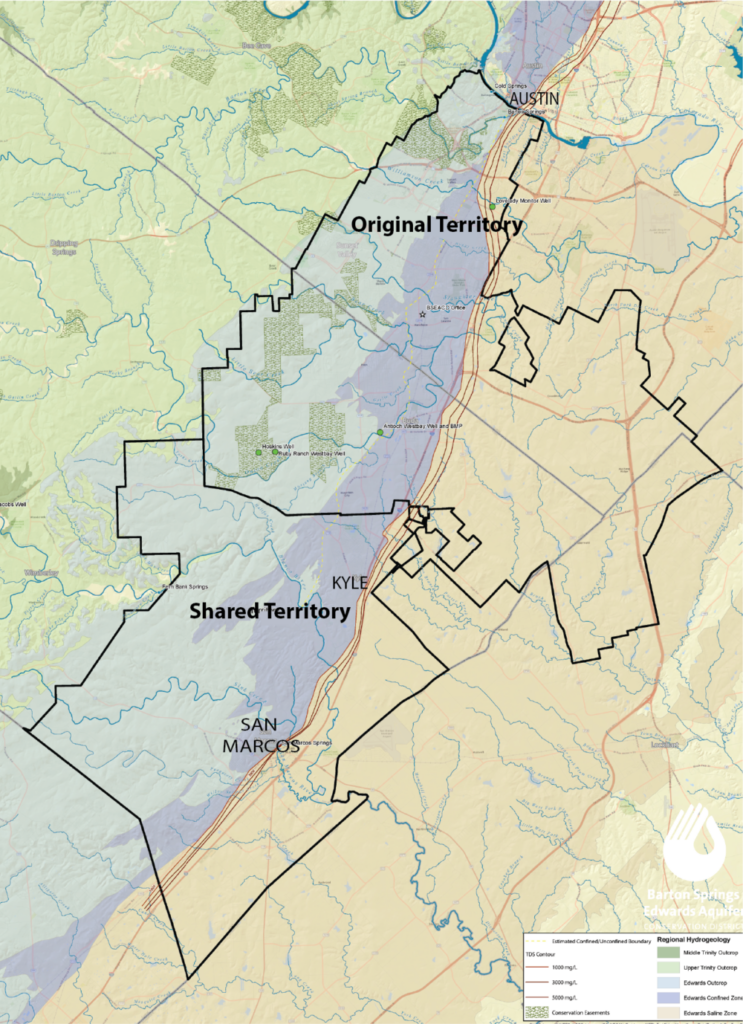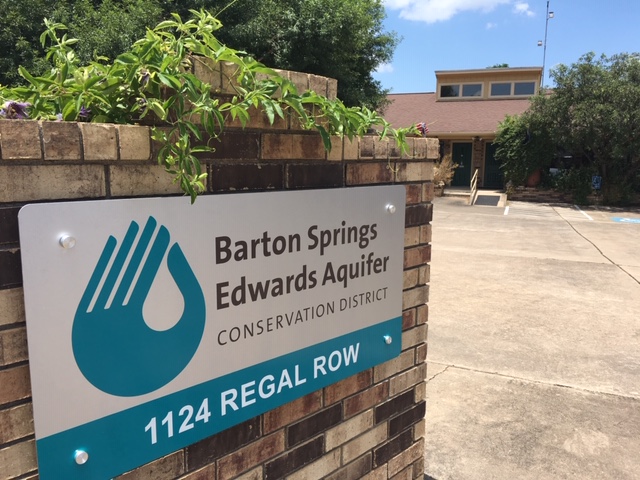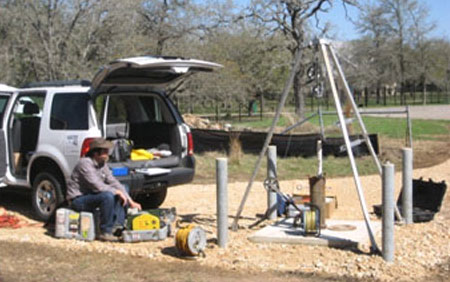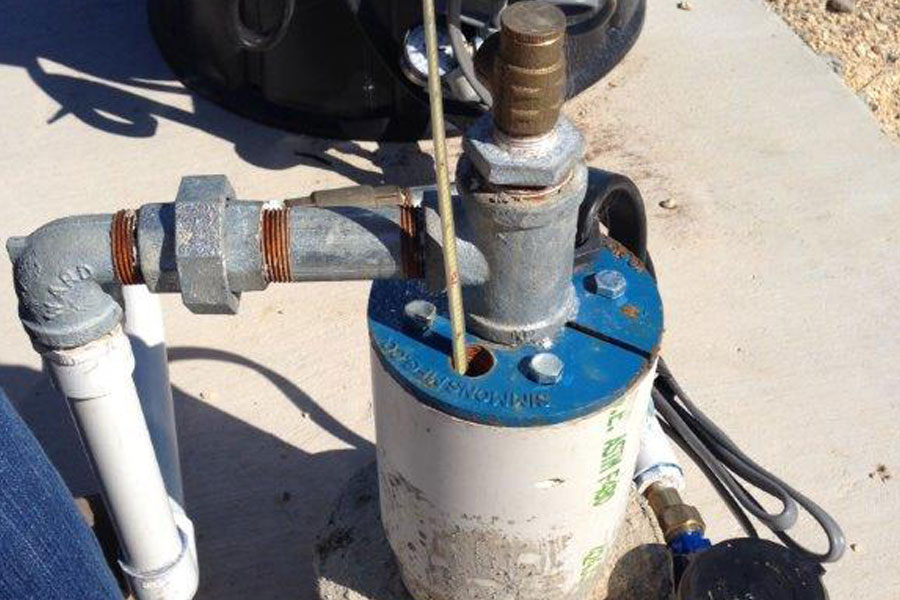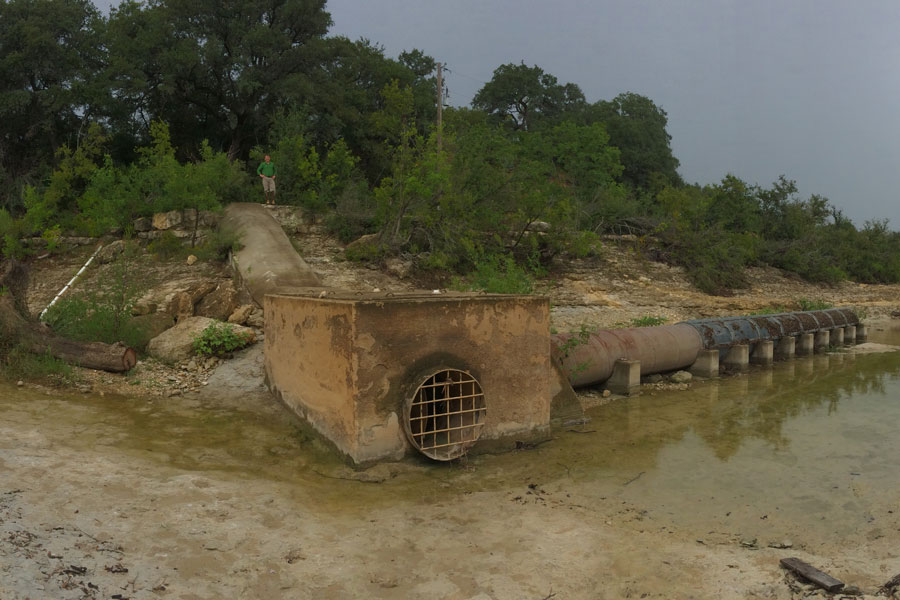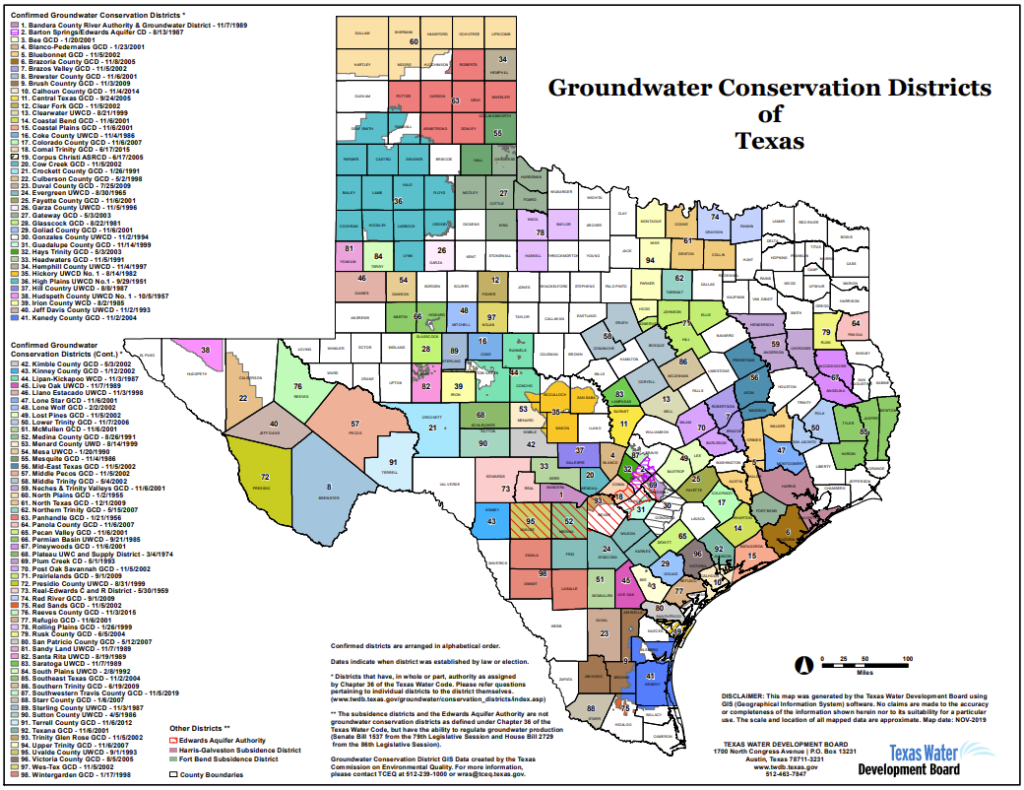History
Creation of Groundwater Conservation Districts
Since 1904, the legal framework for administering groundwater rights in Texas has been the common law “Rule of Capture.” Under this law an owner of land may drill a well to seek groundwater and withdraw any groundwater that may be encountered, basically without limitation as to amount, place, or purpose of use without incurring any liability to the owner of an adjacent well. For many decades, the Rule of Capture was considered inviolate, and the only change made in this law during that time was to ensure that the water produced was not wasted but put to some beneficial use.
Although the Rule of Capture remains in effect, in the 1950s the Texas Legislature began authorizing the establishment of local groundwater conservation districts, or GCDs. GCDs are the state’s preferred method of groundwater management, and they are specifically authorized to modify how the Rule of Capture is to be applied within their boundaries, as part of a comprehensive, approved groundwater management plan. Under the specific authorities provided by Texas Water Code, Chapter 36, Subsection 36.101, GCDs may limit aquifer withdrawals under rules governed by Chapter 36 and by their enabling legislation, in order to conserve, preserve, and protect groundwater or groundwater recharge, and to prevent waste of the groundwater resource or groundwater reservoirs in their jurisdiction.
Creation of the Barton Springs/Edwards Aquifer Conservation District
Upon a petition in the mid-1980s by most of the municipalities that depend on the Edwards Aquifer in Travis and Hays Counties as a water supply, the 70th Texas Legislature passed Senate Bill 988 in 1987 and created the Barton Springs/Edwards Aquifer Conservation District as a GCD under what is now Chapter 36, with a directive to conserve, protect, and enhance the groundwater resources in its jurisdictional area. Under its enabling legislation, the District’s jurisdictional area is bounded on the west by the western edge of the Edwards Aquifer outcrop and on the north by the Colorado River. The eastern boundary is generally formed by the easternmost service area limits of what are now the Creedmoor-Maha, Aqua-Texas Water Services, and Goforth Water Supply Corporations. The District’s southern boundary is generally along the established groundwater divide or “hydrologic divide” between the Barton Springs and the San Antonio segments of the Edwards Aquifer. The area covers the unconfined (recharge) zone and the confined zone of the Barton Springs segment of the Edwards Aquifer but not its contributing zone. It includes the locations of all wells in the Barton Springs segment and also the locations of the natural outlets of the aquifer at Barton Springs and several other smaller springs along the Colorado River.
This area encompasses approximately 247 square miles in Caldwell, Hays, and Travis Counties; its land use in 2007 was estimated to be about 29 percent urban/suburban, 51 percent ranchland/farmland, 19 percent open space/conservation land/water, and 1 percent mining/landfill/other land use. The area has a long history of farming, ranching, and rural domestic use of groundwater, but it is increasingly and rapidly being converted to residential use owing to suburban and exurban development from Austin and San Marcos. Groundwater in the area is primarily utilized for domestic and public water-supply purposes with smaller amounts also being withdrawn for commercial, non-agricultural irrigation, and industrial use. The use of groundwater in the segment has grown over the last 75 years from just incidental amounts to now serving as either a sole source or a primary source of drinking water of some 60,000 people. It also is the source of water for Barton Springs Pool in Austin’s Zilker Park, and its associated spring-dependent species.
Following the establishment of the District by the Legislature, a confirmation election was held on August 8, 1987, with about 80 percent of the voters in this jurisdiction casting favorable ballots, thus confirming the District. With that confirmation, the District was provided the authority to undertake various studies; to implement structural facilities and non-structural programs to achieve its statutory mandate; and to make rules under what is now Texas Water Code Chapter 36 to implement its policies and procedures and to help ensure the management of the groundwater resources.
While the jurisdictional area is defined by boundaries of the Edwards Aquifer, the District regulates groundwater from all aquifers in this area. An increasing amount of groundwater from other aquifers, especially the underlying Trinity Aquifer, is now being used in the District. In 2006, various parties began seeking GCD protections for areas in Travis County northwest of the District’s boundaries and south of the Colorado River where the Edwards is not present and that utilize the Trinity Aquifer as a water supply. This area, which is part of a nine-county region designated by the Texas Commission on Environmental Quality as the Hill Country Priority Groundwater Management Area, connoting its imminent groundwater quality and/or quantity problems, is not included in any other GCD. In 2009, in response to this public need, the District sought and obtained legislative authority to change its boundaries and the director precincts that would enable the District to annex this area. This bill did not pass in the legislative logjam of the 81st Regular Session, but the District will continue to work with the Legislature and TCEQ to provide full Chapter 36 protection to this area in the future. Any annexation by the District would require approval of the voting population in this area in a confirmation election.
Expansion of the District
June 19, 2015 marked the effective date of House Bill 3405, which brings the previously unregulated Trinity Aquifer portion of Hays County under management of a groundwater conservation district–the preferred method of groundwater management in Texas. Representative Jason Isaac and Senator Donna
Campbell responded to requests from residents of the unregulated portion of Hays County to pass legislation to protect groundwater resources, manage pumping, and coordinate conservation in this developing area. The legislation tasked the District with managing all non-Edwards groundwater withdrawals (primarily Trinity Aquifer wells) in central, southern, and eastern Hays County. The Edwards Aquifer Authority shares jurisdiction in the same area, however, their authority is limited by statute only to Edwards Aquifer wells and requests for drill-through permits for wells that penetrate the overlying Edwards Aquifer.
